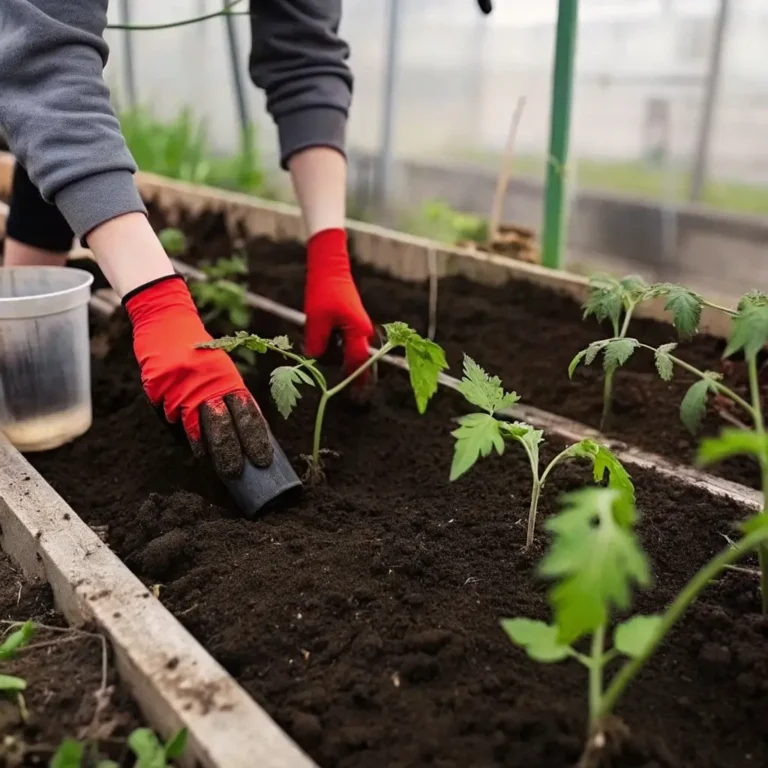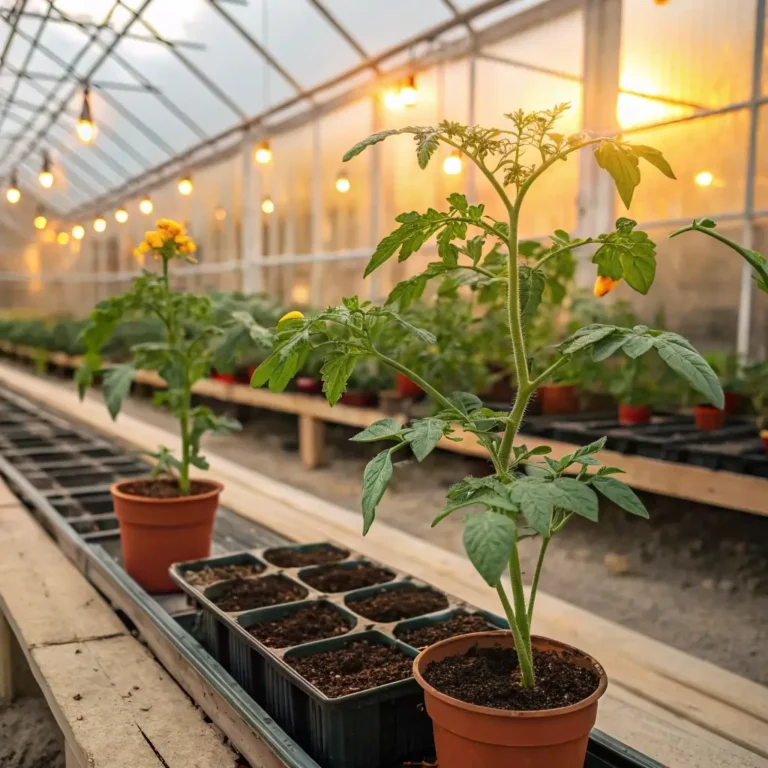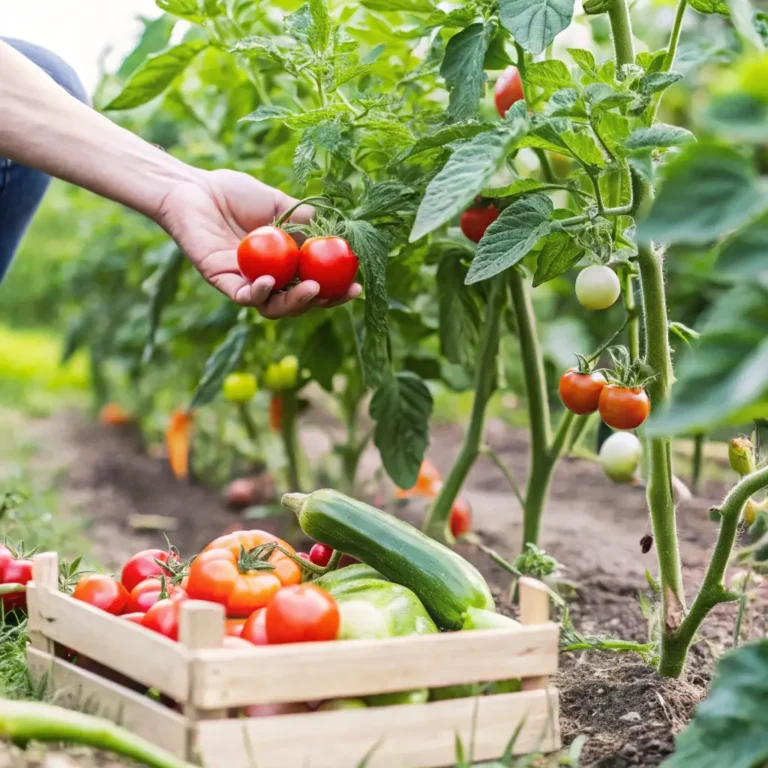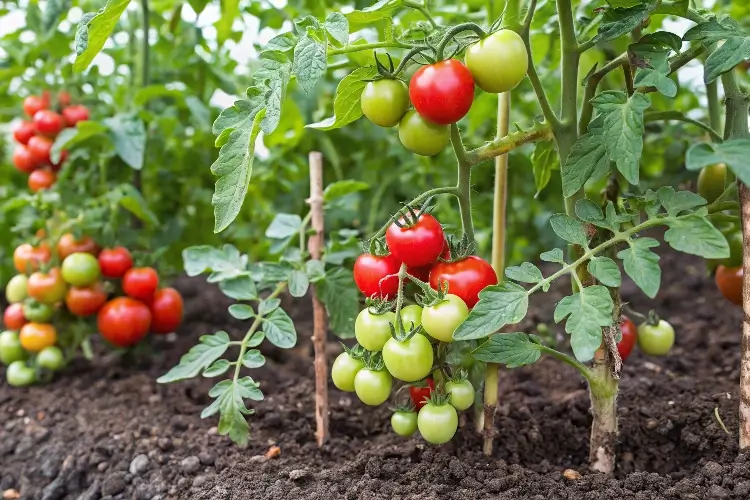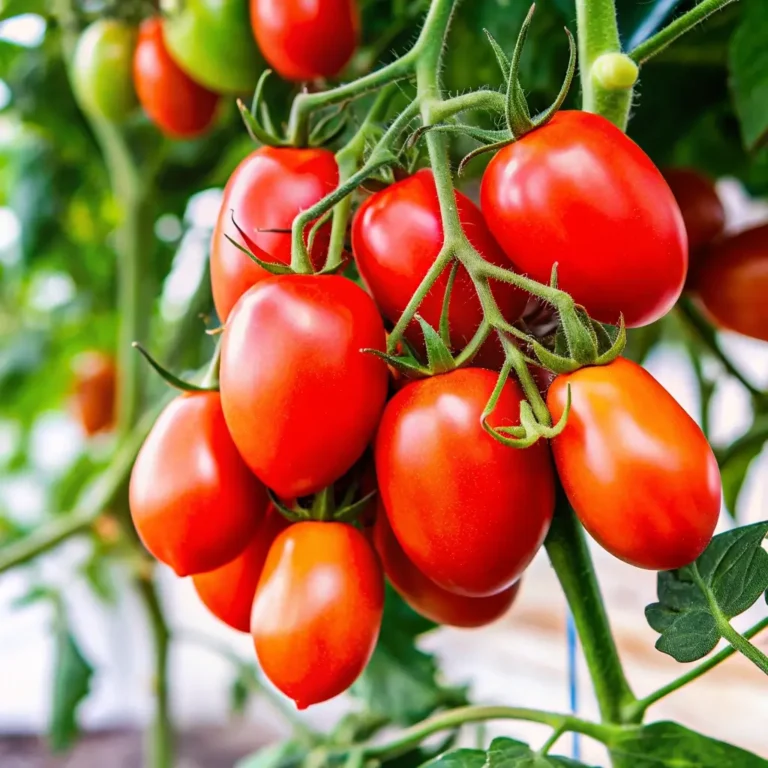Why Are My Green Tomatoes Rotting on the Vine? 5 Fixes to Try!
Table of Contents
Introduction
Have you ever eagerly anticipated a bountiful tomato harvest, only to discover your green tomatoes mysteriously rotting on the vine before they ripen? You’re not alone. According to recent gardening surveys, nearly 40% of home gardeners experience green tomato rot issues each growing season. This frustrating phenomenon—technically known as blossom end rot when it appears as dark, sunken spots on the bottom of tomatoes—can devastate your garden’s yield. Why are my green tomatoes rotting on the vine? The answer involves a complex interplay of environmental factors, nutrient deficiencies, and watering practices that we’ll explore in this comprehensive guide. More importantly, we’ll provide you with five effective solutions to save your tomato crop and ensure those green fruits transition to juicy, red delights.
Common Causes of Green Tomato Rot
Calcium Deficiency
- Garden soil with inadequate calcium levels
- Inconsistent watering that prevents proper calcium uptake
- High nitrogen fertilizers that promote rapid growth over nutrient absorption
Environmental Factors
- Temperature fluctuations, especially during fruit formation
- Excessive humidity creating perfect conditions for fungal diseases
- Soil pH imbalances (tomatoes prefer slightly acidic soil with pH 6.0-6.8)
Pest and Disease Pressures
- Early blight fungal infection
- Bacterial spot disease
- Insect damage creating entry points for pathogens
Watering Issues
- Inconsistent irrigation schedules
- Overhead watering that increases humidity and disease risk
- Drought stress followed by heavy watering
Physical Damage
- Wind or handling damage creating vulnerable areas on fruits
- Overcrowded plants causing fruits to rub against supports or other plants
5 Effective Solutions for Rotting Green Tomatoes
Solution 1: Optimize Your Watering Routine
Inconsistent watering is perhaps the most common culprit behind green tomato rot. Studies from agricultural extensions show that tomato plants need approximately 1-2 inches of water weekly, delivered consistently rather than in sporadic heavy doses.
Implement a consistent watering schedule that maintains even soil moisture. Use drip irrigation or soaker hoses to deliver water directly to the root zone, avoiding leaf wetness that can promote disease. A 2-3 inch layer of organic mulch around plants helps retain soil moisture and prevents the dramatic fluctuations that can restrict calcium uptake.
For container gardens, check moisture levels daily, as pots dry out faster than in-ground plantings. The goal is moist, not soggy, soil that allows roots to access nutrients efficiently.
Solution 2: Balance Your Soil Nutrition
Calcium deficiency is the primary nutritional trigger for blossom end rot in tomatoes. Agricultural research indicates that even when soil contains adequate calcium, plants may struggle to absorb it properly under certain conditions.
Conduct a soil test before planting season to determine your garden’s exact nutritional needs. For immediate intervention, apply calcium supplements such as garden lime, gypsum, or bone meal following package directions. Avoid excessive nitrogen fertilizers, which can promote rapid foliage growth at the expense of fruit development and calcium uptake.
A balanced organic fertilizer with NPK ratio around 5-10-10 tends to support better tomato fruit development than high-nitrogen options. Apply these amendments early in the season for best results.
Solution 3: Manage Environmental Stressors
Tomatoes thrive within a specific temperature range (70-85°F during the day), with extremes causing physiological stress that can manifest as fruit disorders.
In hot climates, consider providing afternoon shade using shade cloth that blocks 30-40% of sunlight. During extended heat waves, supplemental watering may be necessary to prevent drought stress.
For plants in windy locations, install windbreaks or select a more protected planting site. Proper plant spacing (generally 24-36 inches apart) improves air circulation, reducing humidity around plants and lowering disease pressure.
Solution 4: Implement Disease Prevention Strategies
Many tomato rot issues are caused or exacerbated by pathogenic fungi and bacteria. Preventative approaches yield better results than reactive treatments.
Practice strict garden hygiene by removing infected fruits immediately. Avoid composting diseased plant material, which can spread pathogens. Implement a 3-4 year crop rotation, avoiding planting tomatoes (or their relatives like peppers, eggplants, and potatoes) in the same location.
Consider applying organic fungicides containing copper or Bacillus subtilis as preventative measures during humid periods. Studies show that weekly applications can reduce fungal disease incidence by up to 70% when combined with proper cultural practices.
Solution 5: Choose Resistant Varieties
Plant breeding has produced numerous tomato varieties with enhanced resistance to common diseases and environmental stresses. University research indicates that certain varieties show significantly lower incidence of fruit rot issues.
For gardens with recurring problems, select varieties labeled as disease-resistant, particularly those with resistance to Verticillium and Fusarium wilts, which can contribute to fruit quality issues. Roma and paste-type tomatoes generally show higher calcium efficiency and lower incidence of blossom end rot compared to large beefsteak varieties.
Heirloom varieties like ‘Cherokee Purple’ and ‘Brandywine’ may offer exceptional flavor but typically require more attentive care to prevent rot issues compared to modern hybrids bred for disease resistance.
Conclusion
Addressing the question “Why are my green tomatoes rotting on the vine?” requires a holistic approach to tomato care. By optimizing watering practices, ensuring proper nutrition, managing environmental stressors, implementing disease prevention strategies, and selecting appropriate varieties, you can dramatically reduce rot issues in your tomato garden. Remember that consistency is key—tomato plants thrive on routine care and stable growing conditions. With these five solutions implemented, you’ll be well on your way to harvesting firm, healthy tomatoes that ripen beautifully on the vine, delivering the garden-fresh flavor that makes home-grown tomatoes truly special.
FAQs
Can I save tomatoes that have already started rotting?
Unfortunately, once rot has begun, the affected fruits cannot be saved. Remove and discard them promptly to prevent the spread of pathogens to healthy fruits. Focus your efforts on protecting developing fruits by implementing the solutions outlined above.
Is it safe to eat tomatoes with small amounts of blossom end rot?
Yes, you can safely cut away the affected areas and consume the remaining healthy portion of the fruit. However, the texture and flavor may be compromised.
How quickly can I expect to see results after applying calcium supplements?
Newly forming fruits should show improvement within 1-2 weeks after calcium application, but fruits that have already developed rot will not recover. Calcium supplements work best as preventative measures applied early in the growing season.
Do organic gardens experience more tomato rot problems?
Not necessarily. While conventional fertilizers may provide more immediately available nutrients, well-managed organic gardens with proper soil building practices often experience fewer rot issues due to better overall soil health and microbial activity that supports nutrient uptake.
Can mulching really make a difference in preventing tomato rot?
Absolutely. Research shows that organic mulch can reduce watering needs by up to 25% and moderate soil temperature fluctuations by 8-10°F, creating more stable conditions that significantly reduce the incidence of blossom end rot and other moisture-related disorders.


